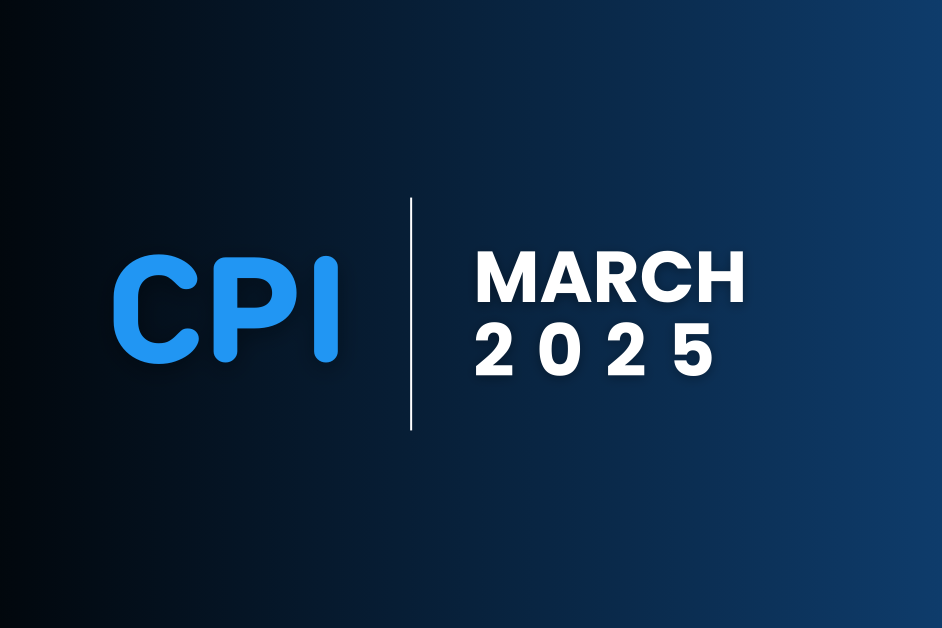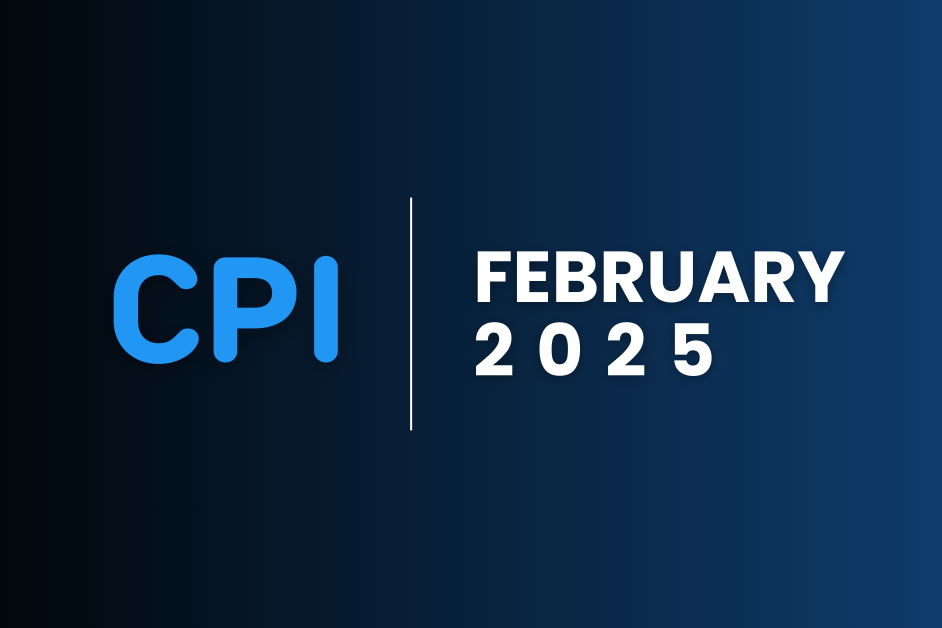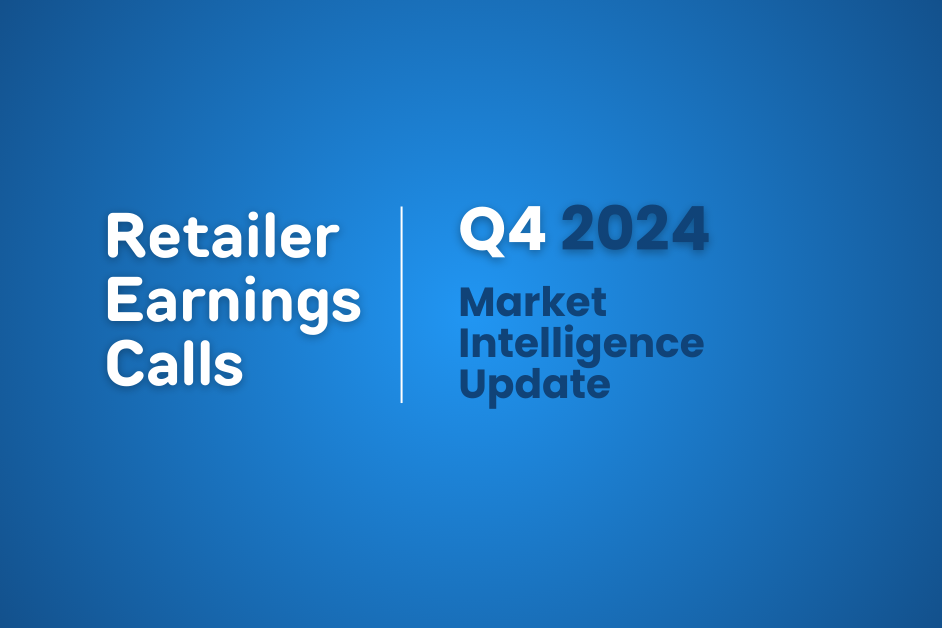At the end of a study, you’ve ideally been given a report that is both thoughtful and full of actionable insights. Depending on your past experiences with research suppliers, you might not be familiar with the hallmarks that separate a good report from a great report. Here, we’re outlining the steps we take to ensure that our own clients receive optimal reports that allow them to achieve their business goals.

The report tells a logical, comprehensive story
When surveys are written, they’re designed to flow logically for the person taking the survey. This flow helps respondents understand and answer questions accurately. However, this doesn’t mean that the report should follow the survey’s flow. Instead, the report should address the objectives and answer the key questions around which you’re basing your decisions. On The Stevenson Company’s end, we use the report as a story to tell the reader what we’ve learned while conducting the study.
There aren’t too many pages
We call it “research by the pound” – many people associate a long report with a better report. While being thorough is important, trudging through a data dump is counter-productive. Instead, a focus on answering the questions that will help you make your decisions should be the main section of the report. Data that’s been gathered that isn’t as vital to your decision-making process is included in an appendix. Using this layout ensures our reports have the most important information and action items in the main section of the report, but all the data is available in an appendix to anyone who wants to dive into the minutia of the study.
The charts and tables are understandable

Tables and charts are sometimes accused of being too esoteric to easily understand. It’s easy to get lost in overstuffed tables and lose sight of the really important information. The research team at The Stevenson Company believes that the key data in reports should practically leap off the page. Overstuffed graphics can cause readers to glaze over and lose focus, but a well-placed infographic or fine-tuned table can help readers visualize the data more easily. Save the heavy-duty tables for the appendix.
The key information is at the top of the page
All too often, the first thing at the top of a page in the report will be the title of a chart, or the question name. While this information is important, it’s better positioned a little further down the page. Instead, our research team puts a statement or bullet point that summarizes the key findings from that page. This way, the reader will still be able to absorb the most important information even when just skimming the report. The more detailed data will still be available for when they have the time or inclination to read it.
The executive summary is effective
At The Stevenson Company, we believe that a good executive summary does two things-
- It presents all the key learnings from the study without being too long. If someone only reads the executive summary and doesn’t look any further, they’ll still have a strong grasp of what the study learned.
- It includes both implications and recommendations. The results should provide you with actionable data, and the executive summary should list those recommended action steps.

After reading the executive summary, you may not agree with all the recommendations that your supplier makes. You’ve got insights into your business that your supplier doesn’t have. On the other hand, they have an outside perspective that just might prove valuable from a consumer’s perspective. Regardless, the suggestions and implications should give you food for thought as you consider what actions to take after completing the study.
A lot of time, care, and effort goes into creating the deliverables that you receive at the end of a study. Every research provider will have a unique take on what they feel is most important. The Stevenson Company feels that taking steps to ensure that the deliverable is logical, easy to follow, and actionable helps improve your experience.
Related blogs
Unlock the Power of Real-Time Data & AI in Retail Success: White Paper
Have your data — and use it too. Accessing data in retail is one thing. Knowing what to do with it is another. Market data is not meant to…
Related blogs
Consumer Price Index: Durable and Personal Goods | March 2025
This April 2025 edition of the OpenBrand CPI offers insights into March price movements and trends…
Consumer Price Index: Durable and Personal Goods | February 2025
This March 2025 edition of the OpenBrand CPI offers insights into February price movements and…
Home Depot vs. Lowe’s Earnings Call Reviews: Q4 2024 Market Intelligence
Earnings reports provide a valuable snapshot of a retailer’s financial performance, offering…
How to Leverage Competitive Pricing Intelligence to Stay Ahead of Tariffs and Market Volatility
Introduction: Why Competitive Pricing Intelligence Matters in an Uncertain Market For brands and…





